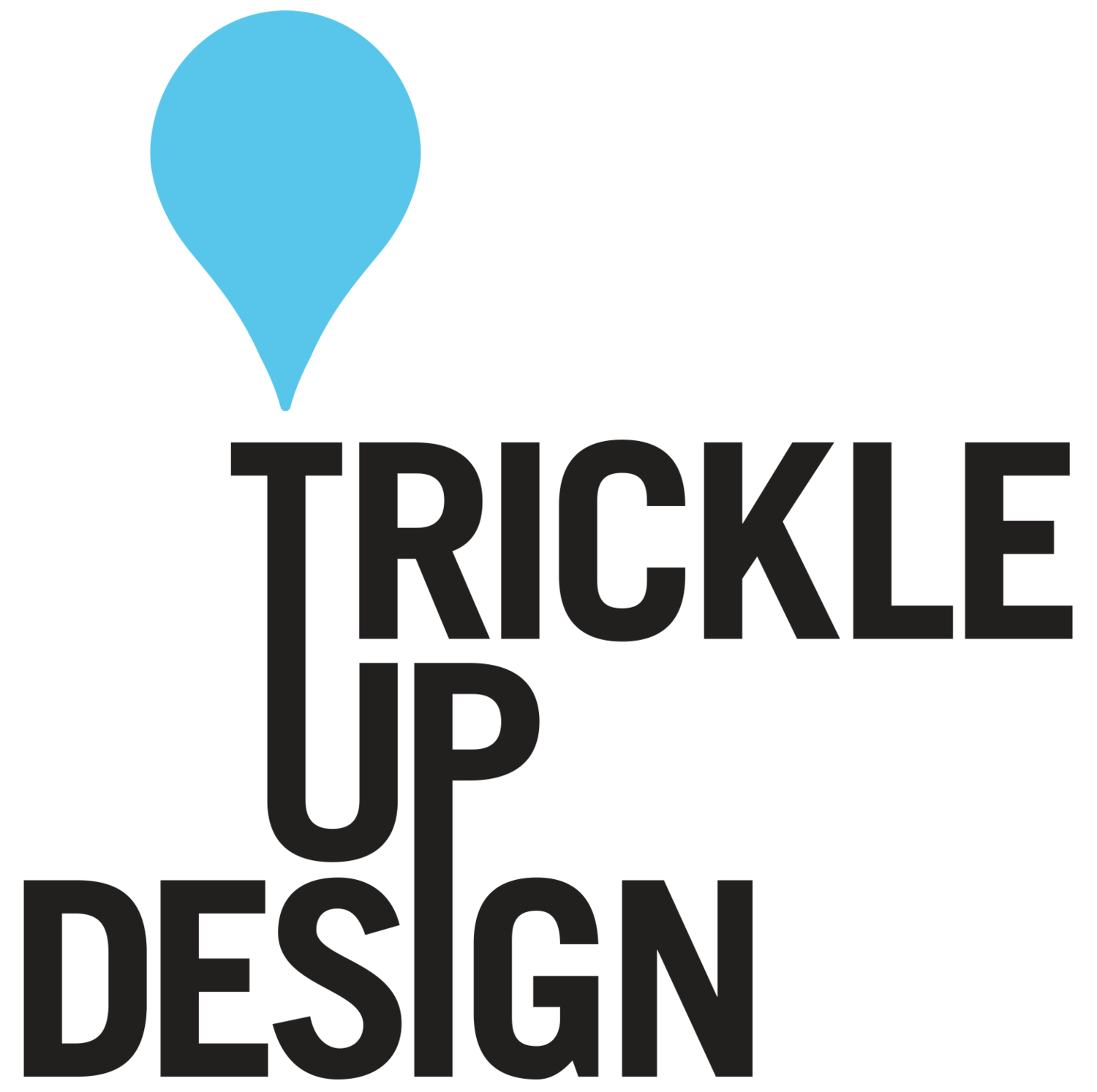Design with social impact.
When we start working a project, there is no pre-set formula nor set budget. Each project is unique and thus the process, deliverables and budget will be determined by the project’s potential to be a socially innovative solution and how TrickleUp can best help reach and exceed this potential.
Gathering.
Here we survey the world to get a 360-degree perspective and the context of the potential product/service. We do this in many ways, including looking at current and future trends, analyzing the competition, conducting field interviews, and engaging co-designers in the participatory design process. We observe, listen, and gather insights and stories.
Brainstorming.
With a solid understanding of the landscape of the design challenge, we start brainstorming. Here we go broad; we think as expansively as possible about what this new product/service can be and what it can offer the world. We pull from the conversations, ideas, and experiences of those closest to the challenge to find possible design directions.
Sense-making.
We evaluate what we have learned so far and narrow down all the opportunities to the most innovative and feasible ideas. Then we go deep. We research how to make these concepts successful, real world offerings. The goal is that solutions not only thrive in the marketplace, but that they also ethically disrupt and change it for the better.
Synthesizing.
Here we gather and solidify the knowledge we have gained in a tangible form. Based on the design brief and objectives we set forth from the start, we produce any number of different deliverables. This might include an executive summary, research paper, overview of the new product’s function and positioning or a service’s structure and experience, a brand envisioning document, or a business plan.
Prototyping.
This is the fun part. With a firm direction in place, we create early stage and working prototypes for testing. From paper models to wireframes, 3D prototypes to live interactions, we test our concepts using as many tools as make sense. Then we continue to iterate, improving the design with each new version. The project scope will determine the level of evolution and refinement of the final prototypes.
Storytelling.
Now, we share the results of the process. We find the best way to communicate the new product/services in the most dynamic way — from formal presentations, videos, posters, books to other less traditional modes, like story books, songs, and dance. Our goal is to demonstrate what the new offering can do and the positive impact it can make in order to get buy-in from the stakeholders who will make it a reality.

